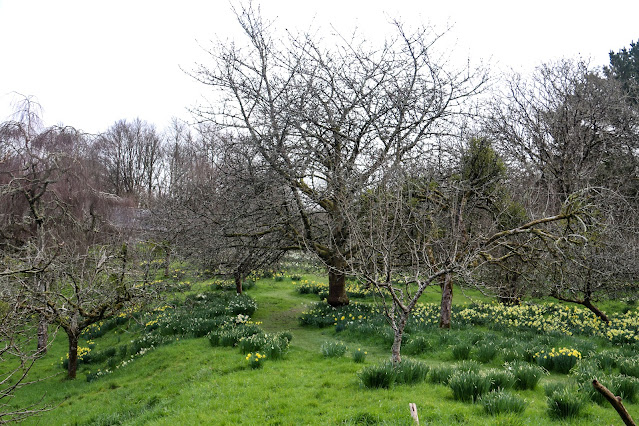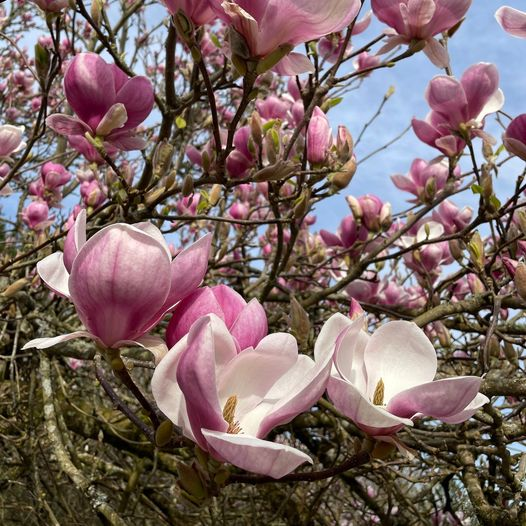Let’s be honest: choosing not to be political is a very privileged position. If you're not affected by the minimum wage, or the tax bill, or the raging threat of deportation; if you can afford the medical attention you and your family need; if you've benefited from a fair wage; if you've got a good pension; if the colour of your skin or your religion don't dictate how people treat you — then you can afford to ignore politics entirely.
Good for you. You've benefited from the socioeconomic structures that are in place in the UK, and you don't necessarily have to worry about the people that those same structures systematically hold back. Except, you should. And not just because those people could have easily been you, under different circumstances. Because, because…….do I really have to explain to you that you really should care about other people?

Sometimes, this is going to mean a time commitment
— when you show up to a protest, sign a petition, or contact your MP, for
example. Not doing those things, however, or not being able to do those things,
for any reason, does not mean you are not political. There is
no checklist; there are no criteria. Either you choose to be aware of the
political landscape and be as active as your circumstances will allow, or you
choose not to be.
But there is a choice. It's a highly personal one — maybe not even one you ever speak about to another person. Only you can judge what your being "political" means. You can be quietly political, or shout your politics for the rooftops, or engage only in certain issues. But, you do have a choice. You do not have an excuse. What'll it be?






















































